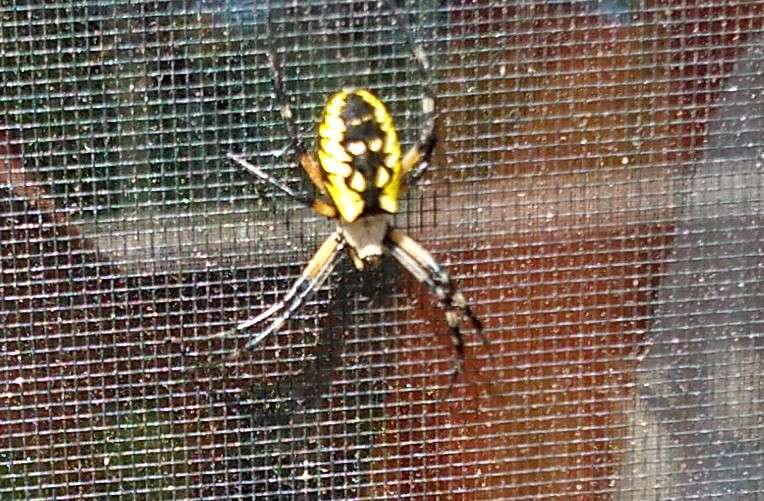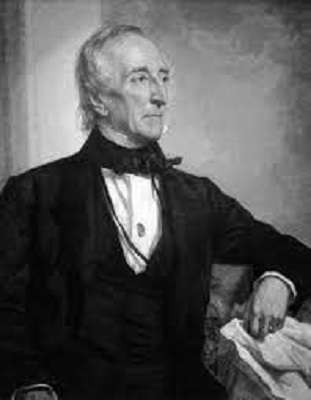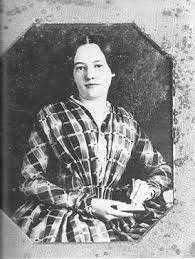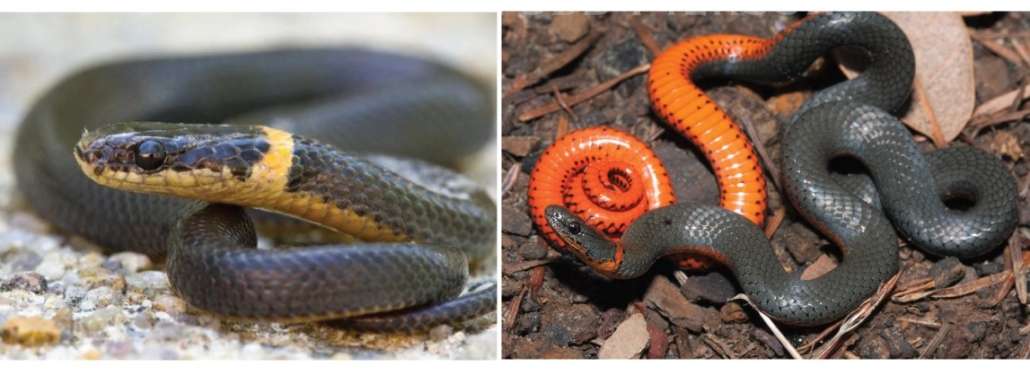FINANCIAL FOCUS: When should you adjust your investment mix?
 submitted by Sasha Fitzpatrick
submitted by Sasha Fitzpatrick
There are no shortcuts to investment success — you need to establish a long-term strategy and stick with it. This means you’ll want to create an investment mix based on your goals, risk tolerance and time horizon — and then regularly review it to ensure it’s still meeting your needs.
In fact, investing for the long term doesn’t necessarily mean you should lock your investments in forever. Throughout your life, you’ll likely need to make some changes.
Of course, everyone’s situation is different and there’s no prescribed formula of when and how you should adjust your investments. But some possibilities may be worth considering.
For example, a few years before you retire, you may want to reevaluate your risk exposure and consider moving part of your portfolio into a more conservative position. When you were decades away from retiring, you may have felt more comfortable with a more aggressive positioning because you had time to bounce back from any market downturns. But as you near retirement, it may make sense to lower your risk level. And as part of a move toward a more conservative approach, you also may want to evaluate the cash positions in your portfolio. When the market has gone through a decline, as has been the case in 2022, you may not want to tap into your portfolio to meet short-term and emergency needs, so having sufficient cash on hand is important. Keep in mind, though, that having too much cash on the sidelines may affect your ability to reach your long-term goals.
Even if you decide to adopt a more conservative investment position before you retire, though, you may still benefit from some growth-oriented investments in your portfolio to help you keep ahead of — or at least keep pace with — inflation. As you know, inflation has surged in 2022, but even when it’s relatively mild, it can still significantly erode your purchasing power over time.
Changes in your own goals or circumstances may also lead you to modify your investment mix. You might decide to retire earlier or later than you originally planned. You might even change your plans for the type of retirement you want, choosing to work part time for a few years. Your family situation may change — perhaps you have another child for whom you’d like to save and invest for college. Any of these events could lead you to review your portfolio to find new opportunities or to adjust your risk level — or both.
You might wonder if you should also consider changing your investment mix in response to external forces, such as higher interest rates or a rise in inflation, as we’ve seen this year. It’s certainly true that these types of events can affect parts of your portfolio, but it may not be advisable to react by shuffling your investment mix. After all, nobody can really predict how long these forces will keep their momentum — it’s quite possible, for instance, that inflation will have subsided noticeably within a year. But more important, you should make investment moves based on the factors we’ve already discussed: your goals, risk tolerance, time horizon and individual circumstances.
By reviewing your portfolio regularly, possibly with the assistance of a financial professional, you can help ensure your investment mix will always be appropriate for your needs and goals.
This article was written by Edward Jones for use by your local Edward Jones Financial Advisor.
Edward Jones, Member SIPC



















 by Laura Corbin, Bureau Chief, Bureau of Tobacco Free Florida
by Laura Corbin, Bureau Chief, Bureau of Tobacco Free Florida